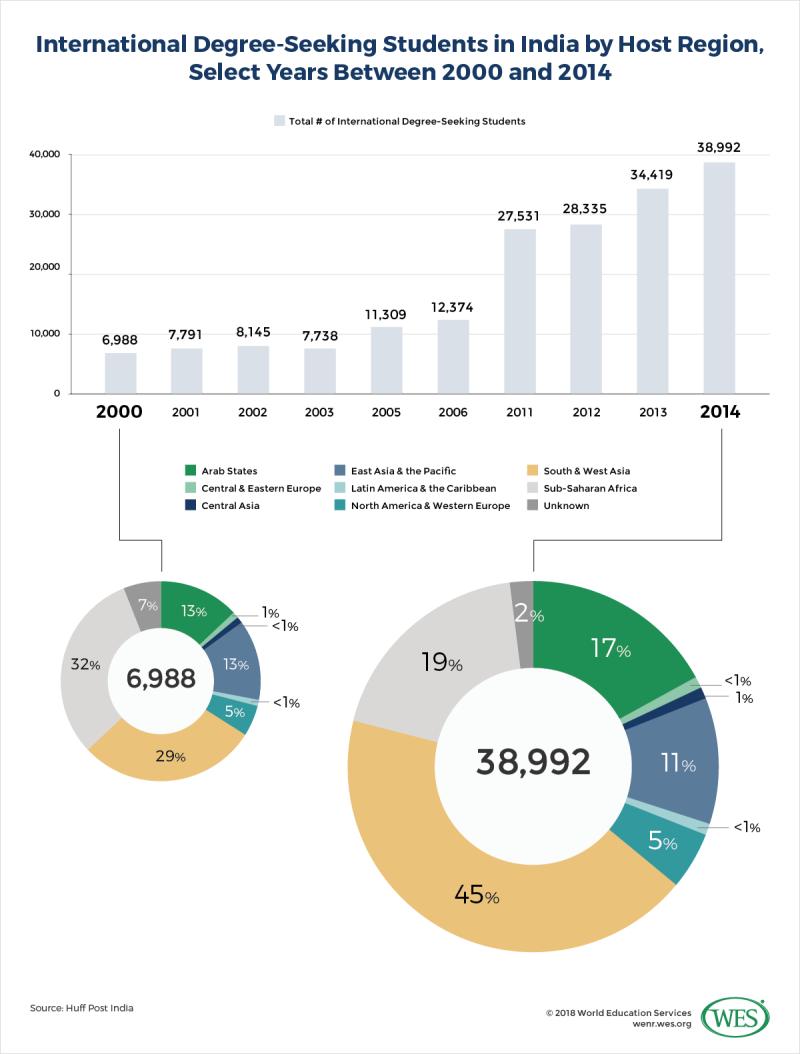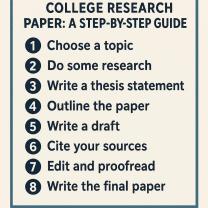What is the education system like in India?
India's education system is diverse and complex, characterized by a multi-tiered structure that encompasses various stages of learning. here is an overview of India's education system, including its structure and key features:
1. Pre-primary Education:
- Age Group: 3-6 years
- Description: Pre-primary education is not compulsory but serves as a foundational stage for children before formal schooling. It includes nursery and kindergarten.
2. Primary Education:
- Age Group: 6-10 years
- Description: Primary education is the first stage of formal education and typically covers grades 1 to 5. It focuses on fundamental skills in subjects like mathematics, language, and science.
3. Elementary Education:
- Age Group: 11-14 years
- Description: Elementary education includes grades 6 to 8, emphasizing a broader curriculum. Students start exploring subjects beyond the basics.
4. Secondary Education:
- Age Group: 15-16 years
- Description: Secondary education covers grades 9 and 10 and is more specialized. Students usually choose between science, commerce, and arts streams.
5. Higher Secondary Education:
- Age Group: 17-18 years
- Description: Higher secondary education comprises grades 11 and 12. Students prepare for board exams and often choose a specific field of study that aligns with their career aspirations.
6. Higher Education:
- Types: Universities, Colleges, Technical Institutes
- Degrees: Undergraduate, Postgraduate, Doctoral
- Description: Higher education in India offers a wide range of courses and programs. Universities and colleges grant degrees in disciplines like arts, science, commerce, engineering, medicine, law, and more.
7. Vocational Education:
- Description: Vocational education and training (VET) programs are designed to equip students with practical skills and industry-specific knowledge. It includes courses in areas like IT, healthcare, hospitality, and trades.
8. Technical Education:
- Description: Technical education focuses on engineering, technology, and applied sciences. Institutes such as the Indian Institutes of Technology (IITs) are renowned for their technical education programs.
9. Professional Education:
- Fields: Medicine, Law, Management, etc.
- Description: Professional education includes specialized fields like medicine, law, management, and more. Professional degrees often require rigorous training and practical experience.
Key Features:
Centralized and State Education Boards:
- Education boards like the Central Board of Secondary Education (CBSE) and various state boards conduct exams and set curriculum standards.
Competitive Exams:
- India has a system of competitive exams for various professional courses. Exams like the Joint Entrance Examination (JEE), National Eligibility cum Entrance Test (NEET), and Common Admission Test (CAT) are significant.
Diversity of Languages:
- India is multilingual, and the education system reflects this diversity with instruction available in various regional languages as well as English.
Reservation System:
- To address social inequalities, India has a reservation system in place for Scheduled Castes (SC), Scheduled Tribes (ST), and Other Backward Classes (OBC) in educational institutions and government jobs.
Challenges:
- Despite progress, challenges exist, including issues of access, quality disparities between urban and rural areas, and the need for curriculum reforms to meet evolving global demands.
It's important to note that the education system in India is subject to ongoing reforms, and policies may evolve over time. For the latest and most accurate information, it's recommended to refer to official education authorities and government sources.
Overview of the education system in India
The education system in India is a vast and complex network of institutions and programs, serving over 260 million students from diverse backgrounds and socioeconomic levels. It is characterized by a mix of public and private institutions, with the government playing a significant role in regulating and providing education at all levels.
Structure of the Education System
The Indian education system is structured into four main levels:
Primary Education: Comprising five years of schooling, typically from ages 6 to 11, primary education focuses on foundational literacy, numeracy, and basic concepts in various subjects.
Upper Primary Education: Covering two years, typically from ages 11 to 13, upper primary education builds upon the foundations of primary education, introducing more advanced concepts in various subjects.
Secondary Education: Encompassing three years, typically from ages 14 to 16, secondary education provides a broader academic curriculum, preparing students for higher education or vocational training.
Higher Education: Offering a diverse range of undergraduate and postgraduate programs, higher education institutions provide specialized knowledge and skills in various fields.
Public vs. Private Education
The Indian education system includes a mix of public and private institutions:
Public Schools: Government-run schools, primarily funded by the government, cater to a large proportion of students, especially in rural areas.
Private Schools: Privately managed schools, often charging tuition fees, offer a wider range of facilities, amenities, and curricula, attracting students from various socioeconomic backgrounds.
Challenges and Opportunities
The Indian education system faces several challenges, including:
Teacher Quality and Availability: Ensuring adequate availability of qualified and trained teachers remains an ongoing concern.
Infrastructure and Resources: Unequal access to quality infrastructure and resources, particularly in rural areas, creates disparities in education quality.
Equity and Inclusion: Addressing social and economic inequalities to ensure equitable access to quality education for all students is crucial.
Despite these challenges, the Indian education system also presents significant opportunities for improvement:
Technological Integration: Leveraging technology to enhance teaching, learning, and assessment, particularly in remote areas, can improve education quality and accessibility.
Skill Development: Fostering strong linkages between education and industry to equip students with industry-relevant skills is essential for employability.
Holistic Education: Promoting holistic education that encompasses social, emotional, and physical development alongside academics can foster well-rounded individuals.
Personalized Learning: Implementing personalized learning approaches tailored to individual needs and learning styles can enhance engagement and effectiveness.
Teacher Training and Development: Continuous investment in teacher training and professional development is crucial to improve pedagogy and teaching effectiveness.
Internationalization and Global Education: Enhancing international collaborations and exchange programs can broaden perspectives and prepare students for a globalized world.
EdTech and Innovation: Encouraging the development and adoption of innovative EdTech solutions can transform education delivery and access.
The Indian education system is continuously evolving to address the challenges and embrace the opportunities presented by the changing educational landscape. By prioritizing quality, equity, and innovation, India can strive to provide a world-class education for all its students.













